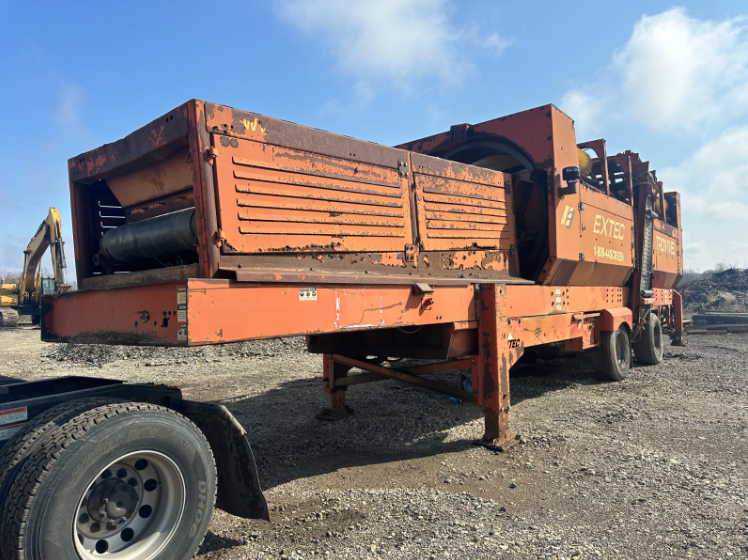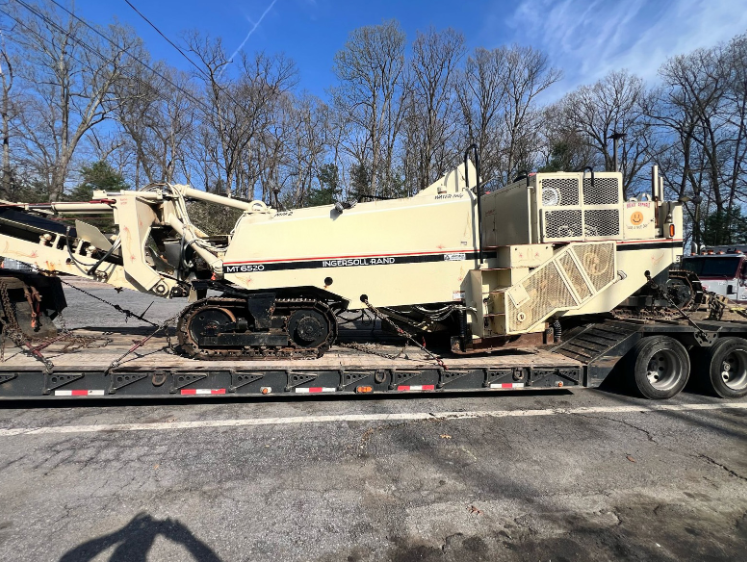As supply chains have grown more time-sensitive, speed is simply essential. In today’s logistics environment, a missed delivery window can halt production and easily damage customer trust, with a survey by Voxware showing that 69% of consumers are less likely to shop with a retailer if they don’t receive items within two days of the date promised.
Some cases of delayed delivery can trigger costly penalties—for example, in the pharmaceutical industry. What began as a consumer-driven push for same-day delivery has transformed how businesses plan, how they move and how they respond.
Expedited freight services—also known as fast freight—have shifted from last-resort options to critical tools in modern logistics. With lean inventory models and shrinking delivery buffers, companies now depend on fast, flexible transport to stay competitive—and stay operational.
In this article, we break down the strategic role of fast freight. You’ll learn:
- When to deploy expedited freight services for maximum business impact
- How to evaluate cost vs. value
- Why rapid shipping is no longer optional in key industries
- How to integrate expedited services into your broader logistics plan
This is speed with purpose. And it’s changing the way supply chains are built.
Photo by Parin Thavornwong on Vecteezy: A semi truck driving on the highway as part of an expedited freight service
| Key Takeaways Expedited freight, no longer just for emergencies, is now a strategic tool for maintaining uptime, meeting tight deadlines, and protecting high-value shipments. Lean inventory models and rising customer expectations have eliminated margin for delay. Speed now directly affects performance, cost, and competitiveness. Effective use of express shipping requires smart planning, clear thresholds, and mode selection aligned with business impact. The right logistics partner helps you integrate expedited options without overspending, so that you pay for performance, not panic. |
What Is Expedited Freight?
This is the logistics industry’s direct lane—built for speed, precision, and minimal delay. Unlike standard shipping, which often moves through a hub-and-spoke model with multiple stops and transfers, expedited services provide a straight route from origin to destination.
Key characteristics include:
- Dedicated vehicles and drivers focused solely on your load
- No co-loading or transfers—your freight doesn’t wait
- Optimized routing to minimize time in transit
Rather than simply moving faster, expedited freight is all about reducing friction. Real-time tracking, priority handling, and streamlined processing ensure speed is maintained from pickup through delivery. Every aspect of the shipment is engineered for reliability under tight deadlines.
At STT, we deploy expedited solutions when speed directly impacts continuity, cost, or customer satisfaction.
What’s Driving the Demand for Expedited Shipping?
Several structural shifts have made fast freight not just useful, but essential.
- E-commerce acceleration
Fast delivery is now the baseline. Retailers and manufacturers alike face pressure to meet consumer expectations shaped by same-day and next-day norms. - Lean manufacturing practices
Just-in-time operations have removed inventory buffers. That’s efficient—until a delay threatens production. Express shipping fills the gap and keeps lines moving. - Global disruptions
Port congestion, driver shortages, and unpredictable transit times have made reliability harder to secure. Expedited services offer critical flexibility when standard capacity falls short. - Advanced technology
Real-time tracking, AI-powered route planning, and faster quoting systems have made expedited freight more predictable and scalable. Smaller businesses can now access services once limited to large enterprises.
Key Benefits of Expedited Freight
Express shipping delivers value by minimizing risk and solving time-sensitive logistics challenges.
Why it matters:
- Fewer handoffs = lower risk
Direct routes with no transfers reduce handling—and the chance of damage, delays, or loss. Critical for high-value or sensitive cargo. - Prevents costly downtime
A halted production line can cost thousands per minute, and the average annual cost of downtime for manufacturers is estimated at a staggering $255 million. Expedited freight keeps operations running and revenue flowing. - Supports high-stakes shipments
From temperature-controlled pharmaceuticals to oversized machinery, these services are designed to handle specialized freight with urgency and precision. - Reduces total cost of delay
The cost of expedited service is often outweighed by what it prevents: missed deadlines, lost contracts, and service disruptions.
How to Identify When Expedited Freight Is the Right Fit
Not every urgent shipment requires expedited service. But certain scenarios call for it—without hesitation.
Use fast freight when:
- A critical component is needed to avoid production downtime
- A customer demands guaranteed delivery within a specific time window
- The shipment is high-value or sensitive, and risk must be minimized
- A delay could trigger financial penalties or damage key relationships
- You’re launching a product or managing a time-bound event
Here are three scenarios where expedited shipping delivers real operational value when expedited freight isn’t optional:
| 1. Emergency Part Delivery to Prevent Downtime in Ohio A Tier 1 automotive supplier in Toledo, Ohio suffers a failure in its robotic welding cell. The only replacement actuator is in Greenville, South Carolina. Standard transit would take 2–3 days—too long for a facility producing 1,400 units daily for a major OEM. STT coordinates direct-drive fast freight, dispatching a team driver to deliver the part within 14 hours, avoiding an estimated $120,000/day in production losses.2. Critical Medical Equipment to a Hospital in El Paso After a sudden rise in admissions at a regional hospital in El Paso, Texas, administrators secure 12 ICU-grade patient monitors from a supplier in Chicago, Illinois. Temperature control and rapid transit are non-negotiable. STT arranges same-day pickup and dedicated temperature-controlled transport, ensuring the equipment arrives within 20 hours—ready for immediate deployment.3. Cross-Border Retail Launch Recovery: California to Mexico A global apparel brand preparing for a regional launch discovers a stock discrepancy at its distribution center in San Diego, California. Key inventory needed for high-traffic stores in Monterrey, Mexico is missing, with just 48 hours before the scheduled rollout and media campaigns already in motion.STT coordinates a cross-border expedited solution, securing a dedicated box truck with a bilingual driver, all documentation pre-cleared, and a customs broker on standby. The shipment clears the Laredo port of entry and arrives in Monterrey within 36 hours, avoiding stockouts across 12 flagship retail locations and keeping the product launch on track. |
Photo by Jittawit Tachakanjanapong on Vecteezy: 69% of consumers are less likely to shop with a retailer if they don’t receive items within two days of the date promised
Why Choose Expedited Freight? It’s More Than Speed
Faster transit is only part of the story. Expedited freight offers strategic value in situations where delays are costly.
Key Advantages:
- Business continuity
Speed is preventive. Expedited freight gives businesses a way to stay ahead of potential bottlenecks and avoid last-minute workarounds. - Specialized handling capabilities
From temperature-sensitive pharmaceuticals to oversized industrial equipment, expedited carriers are equipped to manage complex freight with the urgency it requires. - More control, better visibility
Expedited services offer real-time tracking and clear communication—critical for high-stakes shipments with tight deadlines.
Balancing Cost and Value in Expedited Shipping
Expedited shipping carries a premium—but the real cost lies in not using it when it counts. Smart planning means weighing more than the price tag. You also need to factor in:
- Inventory holding costs
Warehousing 5,000 unsold seasonal units for just two extra weeks can add thousands in storage, insurance, and depreciation—especially for temperature-sensitive or high-value goods. - Lost productivity from delays
In many industrial settings, even a few hours of idle time can be costly. For example, a typical packaging plant with 80 workers may lose over $18,000 in labor and output during a six-hour production halt caused by a delayed part. - Contract penalties or lost sales
In construction and manufacturing contracts, missed delivery windows often trigger financial penalties. A missed HVAC delivery on a large-scale build, for instance, could cost tens of thousands—penalties that far exceed the cost of fast freight. - Customer satisfaction and retention
Late shipments can directly impact customer trust. A retailer left without in-demand SKUs during a key sales window may not just lose the sale—they may reconsider future orders altogether.
It’s important to note that not every shipment justifies next-day delivery. The key is to categorize freight by urgency and impact. Reserve expedited services for high-stakes scenarios—critical parts, high-value goods, time-sensitive launches—where delays carry real business consequences.
Strategic use = better ROI
Building strong partnerships with expedited carriers also pays off. During peak seasons or capacity crunches, those relationships help secure space when it’s scarce—avoiding costly disruptions.
At STT, we help clients evaluate urgency, optimize mode selection, and deploy expedited services only when it adds value. The goal isn’t to ship everything faster—it’s to ship smarter.
Speed as a Strategic Differentiator
Companies that consistently deliver on tight timelines earn trust, retain customers, and win more business.
When used strategically, expedited freight gives your company a competitive edge. The key is knowing when and how to apply it. That’s where STT adds value: helping you turn urgency into an opportunity to reign supreme.
Businesses that build agility into their logistics—through flexible routing, reliable carrier access, and smart expedited strategies are staying ahead of the curve.
Speed matters. Strategy wins.
With the right partner, you don’t have to choose between the two.
STT Logistics—You call, we haul. That’s all.







